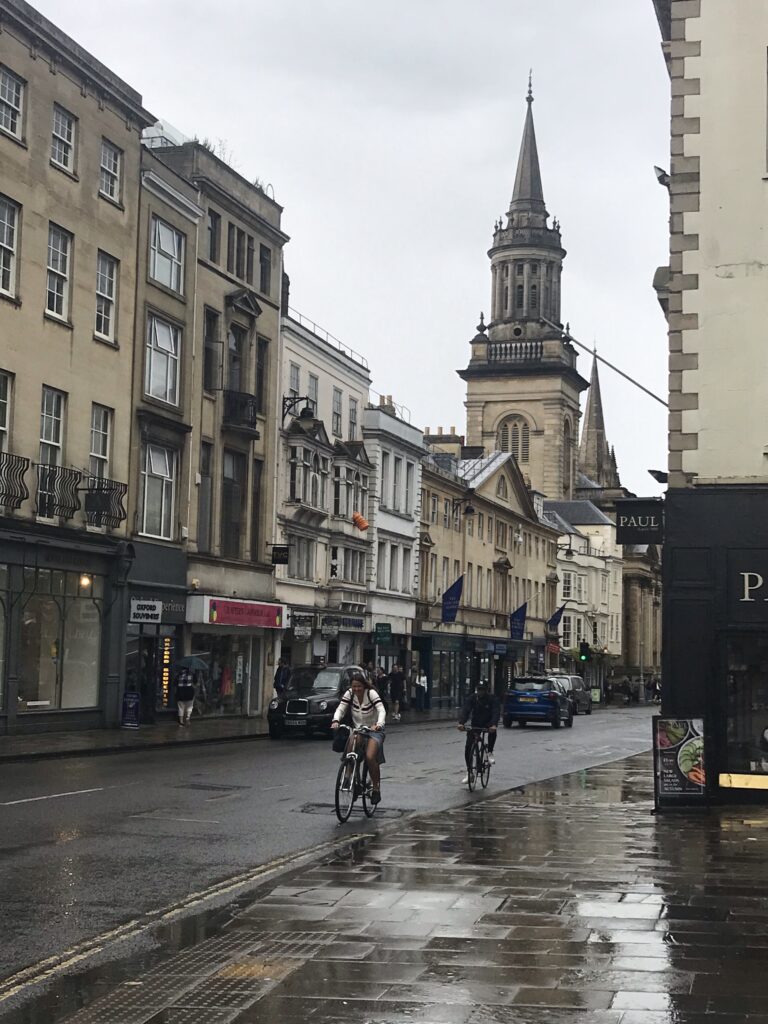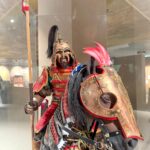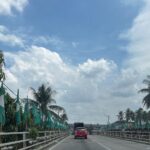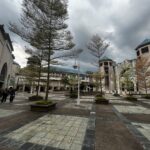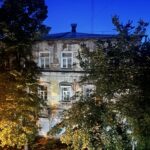
The skies over Hobart remained stubbornly gray, the air biting with a relentless chill that seemed to whisper of winter’s lingering grip. The wind howled through the streets, carrying with it the kind of cold that made you pull your coat tighter and question the wisdom of venturing out. Yet, despite the weather’s unkind demeanor, we forged ahead, drawn by the promise of stories waiting to be uncovered at the Museum. As we made our way up Argyle Street, my mind wandered, weaving threads of curiosity about how Australia might choose to tell the tales of its past. I thought of the white settlers who had arrived centuries ago, stepping onto shores that were not their own, carrying with them a culture foreign to this ancient land. What stories would the land itself tell, if it could speak? What echoes of the past lingered in the wind that now nipped at our cheeks?


The Museum, as it turned out, was a portal to another time. Tasmania’s history unfolded before us, a tapestry woven with the threads of two distinct peoples—the Indigenous custodians of the land and the settlers who had come seeking a new world. The Indigenous culture, rich with originality and depth, painted vivid narratives of connection to the earth, of traditions that had endured for millennia. Their stories were etched into the land itself, a testament to resilience and harmony with nature. On the other hand, the settlers’ tales were marked by a different kind of determination—a relentless drive to carve out a future in an unfamiliar world. They brought with them the dreams of a distant homeland, and in their wake, Western culture and architecture took root, forever altering the island’s identity. It was a history both beautiful and bittersweet, a reminder of the complexities that shape a place.


From the Museum, we ventured to the Royal Botanical Gardens, a serene oasis amidst the city’s chill. Our path led us through a vast, open field, its barrenness striking—a landscape of dead bushes and dry earth that felt like a glimpse into the rugged outback. The gardens themselves were a patchwork of carefully curated sections, each dedicated to a different type of plant. While the flora failed to stir any particular excitement, the tranquility of the place was a welcome reprieve. We found solace beneath the shade of a tree, the quiet moments allowing us to reflect on the day’s discoveries.

By late afternoon, the time had come to bid farewell to Hobart. As we made our way to the airport, the city’s charm lingered in my thoughts. Tasmania had always seemed like a distant dream, a remote island adrift at the edge of the world, too far to reach, too elusive to grasp. Yet here I was, having walked its streets, breathed its air, and felt its heartbeat. Hobart was a place of contrasts—beautiful yet rugged, welcoming yet untamed. Its people carried a warmth that defied the cold, and its landscapes held a quiet majesty that spoke of stories untold. Even the weather, though often harsh, had its moments of calm, as if the island itself paused to catch its breath.

An hour after boarding the flight, we touched down in Melbourne, the bustling city a stark contrast to the quiet beauty we had left behind. As I stepped off the plane, a strange realization settled over me: a piece of my heart had stayed behind in Hobart. It was as if the island had quietly claimed it, leaving me with a longing to return, to once again lose myself in its windswept shores and timeless stories. Hobart was more than a destination—it was an experience, a memory, a place that had etched itself into my soul. And though I had left its shores, I knew I would carry it with me, always.



